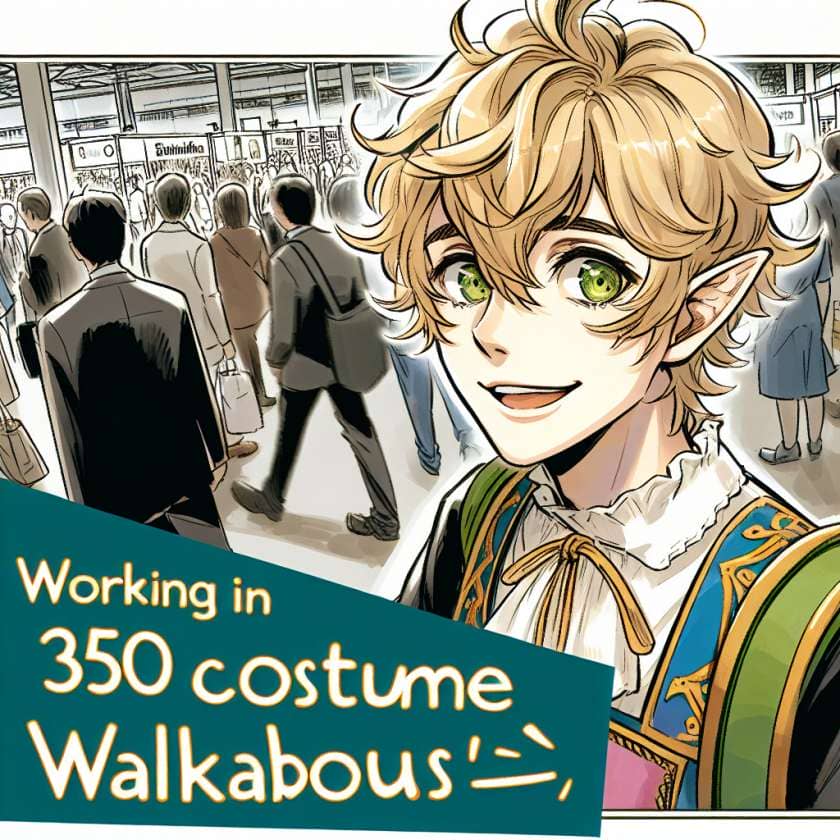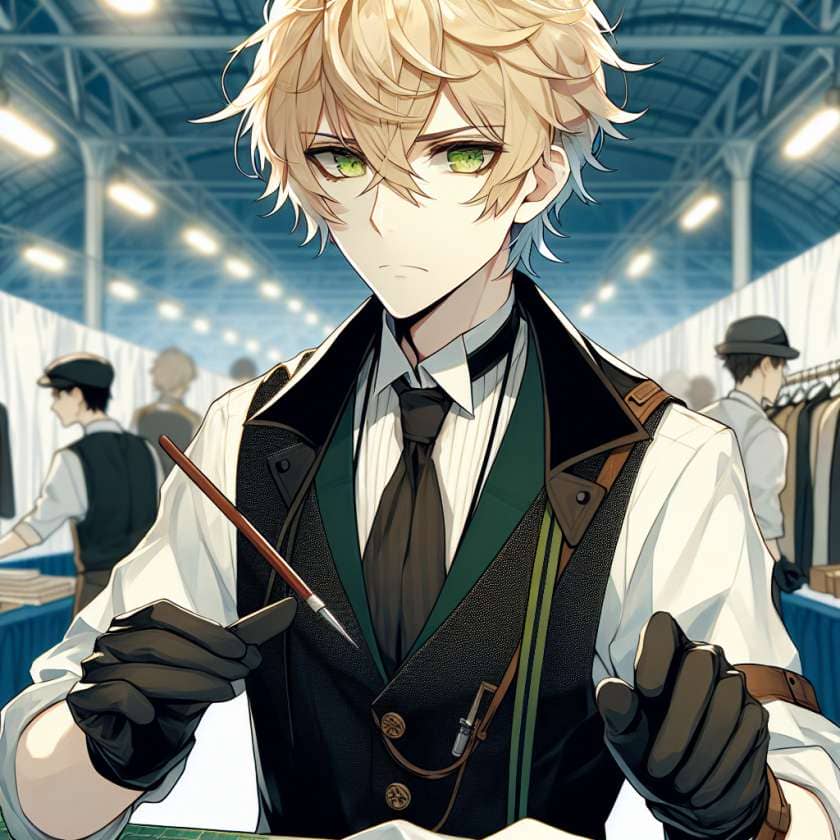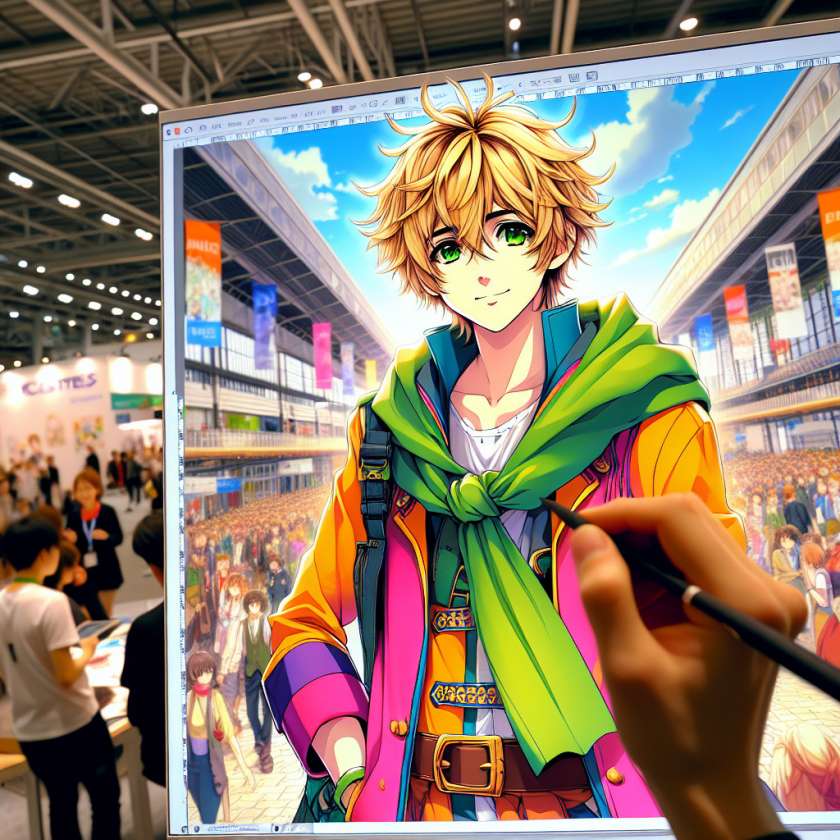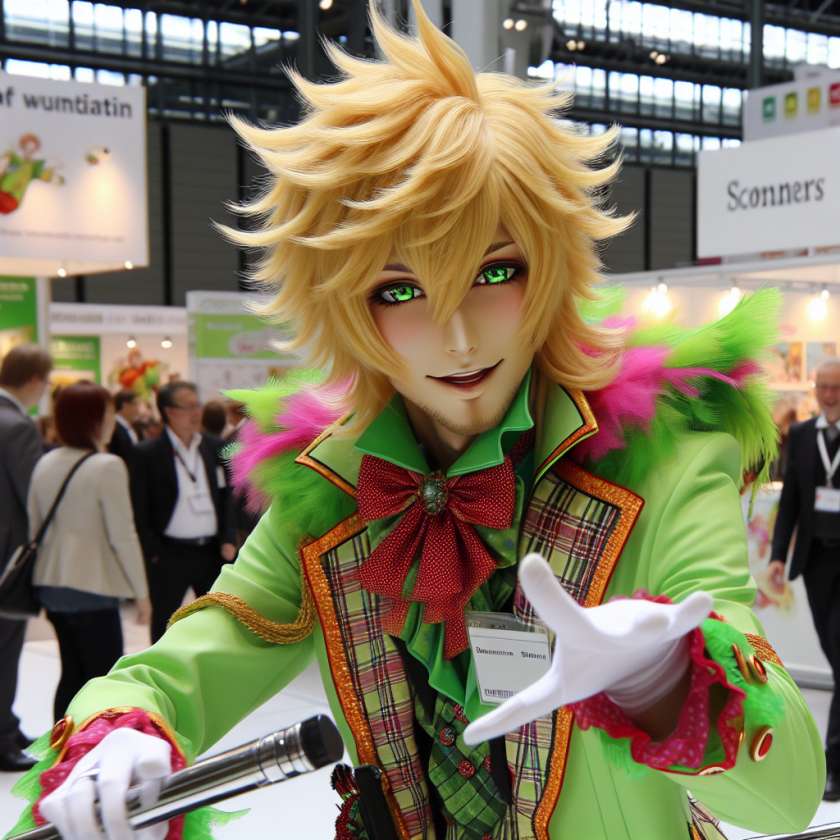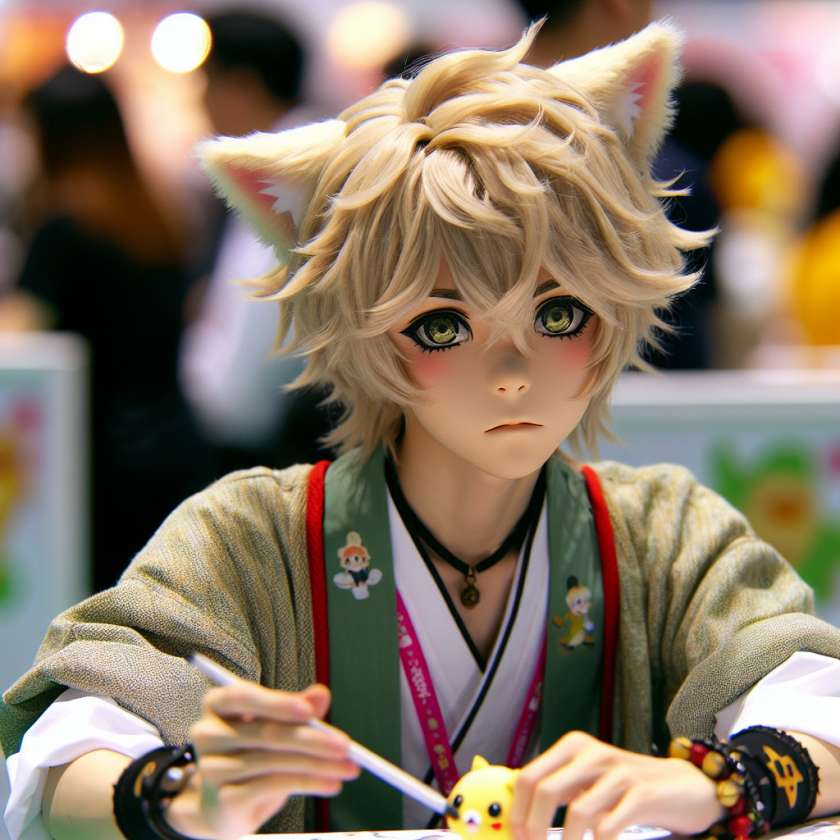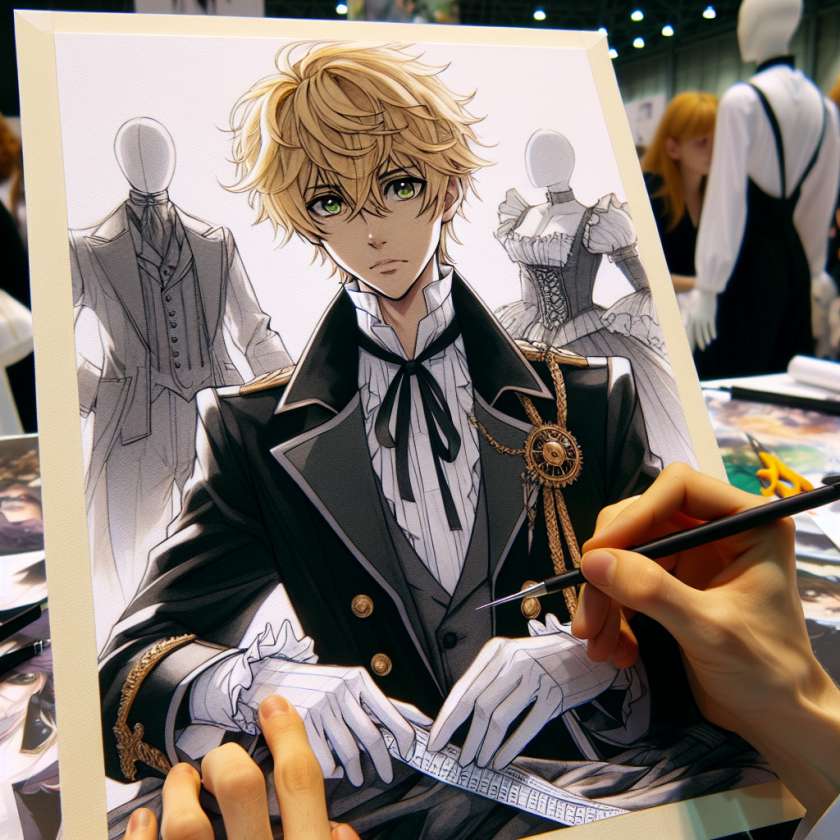https://images-wixmp-ed30a86b8c4ca887773594c2.wixmp.com/f/d2bd1477-edaf-401a-bedb-6cd2bf9ffc81/d5evp2y-d19f4f24-f9ca-42e8-b8fb-6703c6c0f75b.jpg?token=eyJ0eXAiOiJKV1QiLCJhbGciOiJIUzI1NiJ9.eyJzdWIiOiJ1cm46YXBwOjdlMGQxODg5ODIyNjQzNzNhNWYwZDQxNWVhMGQyNmUwIiwiaXNzIjoidXJuOmFwcDo3ZTBkMTg4OTgyMjY0MzczYTVmMGQ0MTVlYTBkMjZlMCIsIm9iaiI6W1t7InBhdGgiOiJcL2ZcL2QyYmQxNDc3LWVkYWYtNDAxYS1iZWRiLTZjZDJiZjlmZmM4MVwvZDVldnAyeS1kMTlmNGYyNC1mOWNhLTQyZTgtYjhmYi02NzAzYzZjMGY3NWIuanBnIn1dXSwiYXVkIjpbInVybjpzZXJ2aWNlOmZpbGUuZG93bmxvYWQiXX0.KWEUbdAzXzysXJK_p5BS7dactJjDL4r5NLlEidhe26U
[Sassy_Follow_Icons]
1. Common Materials Used to Make a Cosplay Helmet
Introduction
Greetings, fellow cosplayers! Today, let’s dive into the exciting world of creating a cosplay helmet. The first step in this epic journey is selecting the right materials. There are a plethora of options available, each with its own pros and cons. So, grab your crafting tools and let’s explore some common materials used to make a cosplay helmet!
Foam
Foam is the go-to material for many cosplayers due to its versatility and affordability. You can easily shape it into intricate designs using heat guns or even just scissors. It’s lightweight and comfortable to wear, making it perfect for long conventions or battles against evil forces.
Worbla
Ah, Worbla, the magical thermoplastic that brings our wildest cosplay dreams to life! This material is fantastic for creating sturdy and detailed helmets. With Worbla, you can mold and shape your helmet with ease. Just be careful not to burn your fingers in the process – trust me on this one.
[publishpress_authors_box layout="ppma_boxes_890427"]
Resin
If you’re aiming for a more professional-looking cosplay helmet, resin might be your best bet. This durable material allows for intricate details and smooth finishes. However, working with resin requires patience and proper safety precautions since it involves mixing chemicals and wearing protective gear like gloves and goggles.
2. Choosing the Right Design for Your Cosplay Helmet
A Tale of Helmet Inspiration
Gather ’round as I recount my quest for the perfect cosplay helmet design! Choosing the right design is crucial; after all, your helmet will be the crowning glory of your costume. It should reflect your character’s essence and make a statement at the same time. So, how do you go about finding that elusive design?
Research, Research, Research
Start by immersing yourself in the world of your chosen character. Watch movies, read comics, play video games – do whatever it takes to understand their personality and backstory. This will help you envision what their helmet should look like.
Put Your Spin on It
While staying true to the character’s original design is important, don’t be afraid to add your own creative flair. Maybe your version of Iron Man’s helmet has a touch of steampunk charm or your Wonder Woman helmet features intricate floral patterns. Let your imagination run wild!
Consider Practicality
Remember, you’ll actually have to wear this helmet for hours on end. So, think about comfort and functionality when choosing a design. Can you see clearly? Can you breathe easily? Will it stay securely on your head during epic battles? These are questions worth pondering.
3. Necessary Tools for Constructing a Cosplay Helmet
Choosing the Right Materials
To construct a cosplay helmet, you will need several tools and materials. The first step is to choose the right materials for your project. Common materials used for cosplay helmets include EVA foam, thermoplastics like Worbla or Sintra, and craft foam. These materials can be easily shaped and molded to create the desired design.
List of necessary tools:
- Heat gun
- Craft knife or utility knife
- Hot glue gun
- Sandpaper or sanding block
- Paintbrushes
- Acrylic paints and sealants
- Elastic straps or foam padding for securing the helmet
4. Step-by-Step Instructions for Creating a Basic Cosplay Helmet
Creating a basic cosplay helmet requires careful planning and attention to detail. Here is a step-by-step guide to help you get started:
1. Design and Pattern Making
Begin by designing your helmet on paper or using digital software. Once you have finalized your design, create a pattern by either drawing it directly onto the material or printing it out and tracing it.
2. Cutting and Shaping the Material
Using a craft knife or utility knife, carefully cut out the pattern pieces from your chosen material. Take your time to ensure clean cuts and smooth edges.
3. Heat Forming and Assembly
Use a heat gun to soften the material, allowing you to shape it according to your design. Be cautious not to overheat the material as it may become too pliable. Once shaped, assemble the different pieces using hot glue or other suitable adhesives.
4. Sanding and Smoothing
After assembly, use sandpaper or a sanding block to smooth out any rough edges or imperfections. This step is crucial for achieving a professional-looking finish.
5. Painting and Detailing
Apply a base coat of primer to ensure better paint adhesion, then proceed to paint your helmet using acrylic paints. Add intricate details and embellishments using additional materials such as foam, worbla, or 3D-printed parts.
5. Safety Precautions to Take While Making a Cosplay Helmet
While making a cosplay helmet can be an exciting and creative process, it is essential to prioritize safety. Here are some precautions to consider:
1. Ventilation
Ensure that you are working in a well-ventilated area or wear a respirator mask when working with materials that release fumes or dust particles.
2. Heat Gun Safety
When using a heat gun, be cautious of the high temperatures it produces. Keep your hands away from the nozzle and avoid touching the heated material directly.
3. Sharp Tools Handling
Handle sharp tools like craft knives with care to prevent accidental cuts or injuries. Always cut away from your body and keep fingers clear of the blade.
List of additional safety precautions:
- Wear protective gloves when handling hot materials.
- Use eye protection such as safety goggles.
- Avoid working alone in case of accidents.
- Keep flammable materials away from open flames or heat sources.
- If using spray paints or sealants, work in a well-ventilated area or wear a mask.
6. Ensuring Proper Fit and Comfort of Your Cosplay Helmet
Importance of Proper Fit
When creating a cosplay helmet, it is crucial to ensure that it fits properly on your head. A helmet that is too loose can easily fall off during wear, while one that is too tight can cause discomfort and even headaches. To achieve the perfect fit, consider measuring the circumference of your head and comparing it to the dimensions of the helmet pattern or base you are using.
Adjustment Techniques
If your helmet feels slightly loose, there are several techniques you can use to improve its fit. One option is to add padding inside the helmet using foam or fabric materials. This will help fill any gaps between your head and the helmet, providing a more secure fit. Additionally, adjustable straps or buckles can be incorporated into the design to allow for further customization and tightening as needed.
Tips for Comfort
- Choose lightweight materials: Opt for lightweight materials when constructing your cosplay helmet to minimize strain on your neck and overall comfort.
- Ventilation: Consider adding ventilation holes or mesh panels in strategic areas of the helmet to promote airflow and prevent overheating during long periods of wear.
- Ergonomic Design: Pay attention to the shape and contours of the helmet to ensure it aligns with your natural facial features and provides maximum comfort.
7. Alternative Methods and Techniques for Crafting a Cosplay Helmet
Foam Construction
One popular alternative method for crafting a cosplay helmet is using foam as the primary material. Foam offers flexibility, ease of shaping, and affordability compared to other traditional materials like fiberglass or metal. You can create intricate designs by layering and carving foam sheets, then sealing them with a heat gun or glue for added durability.
3D Printing
Another modern technique gaining popularity is 3D printing. With access to a 3D printer, you can bring your digital helmet design to life by printing it layer by layer using specialized filament materials. This method allows for precise detailing and customization, making it ideal for complex or unique helmet designs.
Combining Techniques
Don’t be afraid to combine different techniques to achieve the desired result. For example, you can use foam as the base structure and then incorporate 3D printed elements for intricate details or attachments. Experimenting with various methods will enable you to find the best approach for your specific cosplay helmet project.
8. Common Mistakes to Avoid When Making a Cosplay Helmet
Poor Planning and Measurement
One of the most common mistakes in cosplay helmet making is inadequate planning and measurement. Rushing into the construction phase without proper research or taking accurate measurements can lead to ill-fitting helmets or disproportionate designs. Take the time to plan out your project thoroughly, gather reference images, and measure your head accurately before starting.
Lack of Structural Reinforcement
Avoid overlooking the importance of structural reinforcement in your cosplay helmet. Depending on the materials used, helmets may require additional support to withstand wear and tear during conventions or events. Reinforcing critical areas like joints or stress points with extra layers of material or internal bracing will increase durability and prevent potential damage.
Inadequate Finishing Techniques
- Sanding: Skipping sanding steps can result in rough surfaces that are not suitable for painting or finishing touches. Take the time to sand your helmet thoroughly to achieve a smooth and polished surface.
- Priming: Neglecting to use a primer before painting can lead to uneven paint application or paint peeling off. Apply a suitable primer to ensure better adhesion and longevity of the paint job.
- Sealing: For foam helmets, sealing the surface with an appropriate sealant will protect the foam from moisture and provide a smoother base for painting.
9. Adding Intricate Details and Embellishments to Your Cosplay Helmet
Using EVA Foam for Detailing
EVA foam is a versatile material that can be easily shaped, carved, and heat-formed, making it ideal for adding intricate details to your cosplay helmet. You can create raised patterns, decorative elements, or even sculpt small accessories using this foam. Once shaped, these pieces can be attached to the main helmet structure using contact adhesive or hot glue.
Embellishment Techniques
To enhance the overall appearance of your cosplay helmet, consider incorporating various embellishment techniques:
- Gemstones or Rhinestones: Attach gemstones or rhinestones in strategic areas of your helmet design to add sparkle and visual interest.
- Painted Accents: Use fine brushes and acrylic paints to hand-paint intricate designs or patterns onto your helmet’s surface.
- Metallic Foil: Apply metallic foil sheets on specific areas of your helmet for a shiny and reflective effect.
Weathering and Aging Effects
To make your cosplay helmet look more realistic, consider adding weathering or aging effects. This can be achieved through techniques such as dry brushing with darker paints, applying washes, or using sandpaper to create worn-out areas. These techniques give your helmet a more authentic and battle-worn appearance.
10. Painting Techniques and Tips for Finishing Your Cosplay Helmet
Choosing the Right Paint
When it comes to painting your cosplay helmet, selecting the appropriate paint is crucial for achieving a professional finish. Consider the following options:
- Airbrushing: Airbrushing provides smooth and even coverage, making it ideal for creating gradients or intricate designs.
- Spray Paint: Spray paints offer convenience and come in a wide range of colors. They are suitable for larger areas or solid color applications.
- Acrylic Paints: Acrylic paints are versatile and can be applied with brushes or sponges. They provide good coverage and are easily accessible.
Preparation and Priming
Prior to painting, ensure that your helmet’s surface is clean and free from dust or debris. Sand any rough areas, then apply a suitable primer to create an even base for the paint. Priming helps improve adhesion and prevents the underlying materials from absorbing too much paint.
Layering Colors
To achieve depth and dimension in your paint job, consider layering different colors on your cosplay helmet. Start with a base coat, then gradually build up layers of lighter or darker shades to create shadows, highlights, or gradient effects. This technique adds realism and visual interest to your finished piece.
11. Incorporating Electronics or Lighting Effects into Your Cosplay Helmet Design
LED Lighting
Incorporating LED lighting into your cosplay helmet design can elevate its overall impact. You can install small LED strips or individual LEDs to create glowing eyes, illuminated accents, or even animated patterns. Make sure to plan the wiring and power source placement carefully to ensure a seamless integration without compromising the helmet’s structural integrity.
Sound Effects
If your character requires sound effects, consider adding a small speaker system within your cosplay helmet. This can be used to play character-specific sounds, music, or voice lines. Ensure that the speakers are positioned strategically for optimal sound projection while keeping comfort and weight distribution in mind.
Power Source and Controls
When incorporating electronics into your cosplay helmet, it is essential to plan for a suitable power source and control mechanism. Depending on the complexity of your design, you may opt for rechargeable batteries or portable power banks. Additionally, consider accessibility and ease of control for turning on/off lights or triggering sound effects without obstructing visibility or compromising comfort.
12. Timeframe for Completing a Homemade Cosplay Helmet
Factors Affecting Timeframe
The timeframe required to complete a homemade cosplay helmet can vary depending on several factors:
- Complexity of Design: Elaborate designs with intricate details will naturally take longer to complete compared to simpler designs.
- Mastery of Techniques: If you are new to cosplay crafting techniques like foam shaping or painting, it may take additional time as you learn and practice these skills.
- Availability of Materials: Waiting for materials to arrive or sourcing specific components can impact the overall timeline of your project.
Tips for Efficient Completion
To ensure an efficient completion timeframe:
- Create a Detailed Plan: Break down your project into smaller tasks with estimated completion times for each step.
- Set Realistic Deadlines: Set deadlines for yourself to stay motivated and on track. Consider any upcoming conventions or events where you plan to showcase your cosplay helmet.
- Work in Stages: Divide your project into manageable stages, focusing on one aspect at a time. This allows you to complete each section thoroughly before moving on.
13. Online Resources and Tutorials for Making a Cosplay Helmet
Cosplay Communities and Forums
Online cosplay communities and forums are excellent resources for finding tutorials, tips, and advice from experienced cosplayers. Websites such as Reddit’s r/cosplay or cosplay.com offer dedicated sections where members share their techniques, progress photos, and helpful guides specific to helmet making.
YouTube Channels
YouTube is a treasure trove of tutorial videos showcasing various cosplay helmet making techniques. Channels like “Punished Props Academy” or “Kamui Cosplay” provide detailed step-by-step instructions, materials lists, and valuable insights into the process. Watching these videos can help you visualize the steps and gain inspiration for your own projects.
Cosplay Pattern Websites
Websites like “EVA Foam Templates” or “Cosplay Pattern Vault” offer downloadable templates and patterns specifically designed for creating cosplay helmets. These patterns provide a great starting point, saving you time in designing from scratch while ensuring accurate proportions and shapes.
14. Budget-Friendly Alternatives for Materials in Cosplay Helmet Making
EVA Foam
EVA foam is an affordable alternative to more expensive materials like fiberglass or metal. It is readily available at craft stores or online retailers at a fraction of the cost. Despite its affordability, EVA foam is versatile and can be shaped, heat-formed, and sealed to create realistic-looking cosplay helmets.
Recycled Materials
Consider repurposing or upcycling materials you already have at home to reduce costs. For example, plastic containers or bottles can be cut and reshaped as visors or small details. Cardboard can also be used as a base structure for lightweight helmets, which can then be reinforced with foam or other materials.
Thrift Store Finds
Browse thrift stores for potential helmet materials such as old bike helmets, sports equipment, or even discarded household items like kitchen utensils that can be repurposed for unique designs. These items are often available at low prices and can provide interesting textures or shapes for your cosplay helmet.
In conclusion, making a cosplay helmet is an exciting and creative process that requires some time and effort. By following the steps outlined in this guide, you can create a unique and impressive helmet for your cosplay. If you’re looking for professional assistance or want to explore more cosplay options, be sure to check out our cosplay services. We’re here to help bring your wildest cosplay dreams to life!
https://images-wixmp-ed30a86b8c4ca887773594c2.wixmp.com/f/d2bd1477-edaf-401a-bedb-6cd2bf9ffc81/d5evpjp-8371e271-c4a0-4f24-b6bd-b7d4a9fb101d.jpg?token=eyJ0eXAiOiJKV1QiLCJhbGciOiJIUzI1NiJ9.eyJzdWIiOiJ1cm46YXBwOjdlMGQxODg5ODIyNjQzNzNhNWYwZDQxNWVhMGQyNmUwIiwiaXNzIjoidXJuOmFwcDo3ZTBkMTg4OTgyMjY0MzczYTVmMGQ0MTVlYTBkMjZlMCIsIm9iaiI6W1t7InBhdGgiOiJcL2ZcL2QyYmQxNDc3LWVkYWYtNDAxYS1iZWRiLTZjZDJiZjlmZmM4MVwvZDVldnBqcC04MzcxZTI3MS1jNGEwLTRmMjQtYjZiZC1iN2Q0YTlmYjEwMWQuanBnIn1dXSwiYXVkIjpbInVybjpzZXJ2aWNlOmZpbGUuZG93bmxvYWQiXX0.W72VdXN9Junr6p6AoApYWxzbR22Y9Y9JvHLY64MiGXQ

